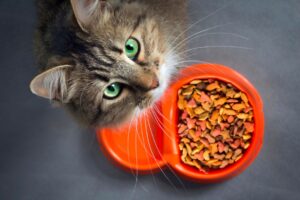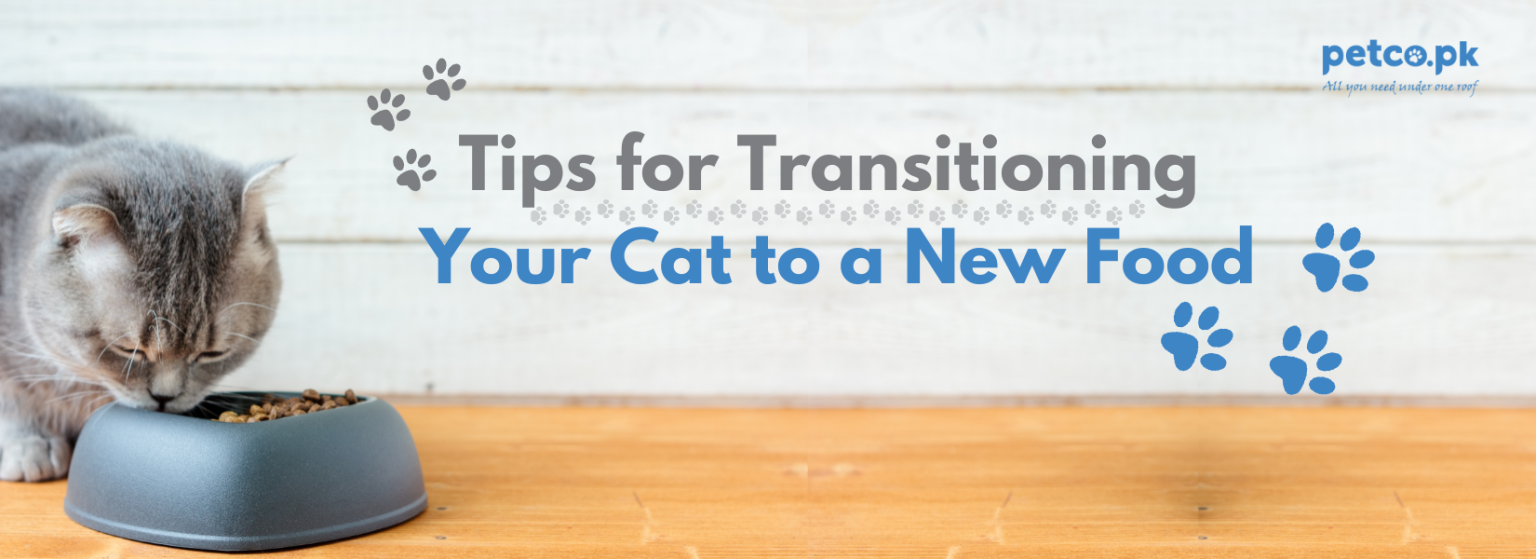Transitioning your cat to a new food can be a delicate process that requires patience and careful planning. Cats are creatures of habit with sensitive digestive systems, so a sudden change in diet can lead to digestive upset and refusal to eat. Whether you’re switching to a different brand, addressing health concerns, or introducing a new type of food, a gradual transition is essential for a smooth adjustment. Here’s how to do it effectively:
Understanding the Need for Transitioning Cat Food
Before starting the transition, it’s crucial to understand why you’re making the change:
Health Issues
Your veterinarian might recommend a new diet due to allergies, digestive issues, obesity, or other health conditions. A specialized diet can help manage these conditions and improve your cat’s overall health.
Age and Life Stage
Kittens, adult cats, and senior cats have different nutritional requirements. Transitioning to a new food that meets these specific needs can support their growth, maintenance, or aging process effectively.
Preference and Variety
Sometimes, you might want to introduce variety into your cat’s diet or upgrade to a higher quality food. This can enhance their nutritional intake and overall well-being.
Gradual Transition Plan
A gradual transition minimizes digestive upset and helps your cat accept the new food more easily. Follow this step-by-step plan over 7 to 10 days:
Days 1-2: Start Mixing
Begin by mixing 75% of the old food with 25% of the new food. This ratio allows your cat to get used to the new taste and texture gradually.
Days 3-4: Increase Proportion
Mix 50% of the old food with 50% of the new food. This step continues the adaptation process without overwhelming your cat’s digestive system.
Days 5-6: Further Adjustment
Mix 25% of the old food with 75% of the new food. By now, your cat should be more accustomed to the new food’s flavor and composition.
Days 7-10: Full Transition
Offer 100% of the new food. Your cat should now be ready to eat the new food without any mix of the old food. Monitor closely for any signs of reluctance or digestive issues during this phase.

Monitoring and Adjusting
Throughout the transition process, keep a close eye on your cat’s behavior and health:
Appetite
Ensure your cat is eating enough of the new food. If they’re hesitant, try warming the food slightly or adding a small amount of a familiar treat to encourage acceptance.
Digestive Health
Monitor your cat’s stool consistency and frequency. Loose stools or diarrhea can indicate that the transition is too rapid. If digestive issues persist, consult your veterinarian for guidance.
Energy Levels
Observe your cat’s energy levels and overall demeanor. A sudden decrease in activity or lethargy could be a sign of nutritional imbalance or discomfort with the new food.
Making the Food Appealing
Cats can be picky eaters, so making the new food enticing is key to a successful transition:
Temperature
Some cats prefer slightly warmed food, as it enhances the aroma and makes it more appealing. Test the temperature to ensure it’s just warm, not hot.
Texture and Consistency
Experiment with different textures—wet, dry, or a mix—to see what your cat prefers. Offering variety can stimulate their interest in the new food.
Mixing with Familiar Foods
Mixing a small amount of the new food with a favorite treat or the old food can encourage your cat to try the new food and ease the transition process.
Addressing Common Challenges
Food Refusal
If your cat refuses to eat the new food, don’t force the transition. Go back a step in the transition plan and progress more slowly.
Digestive Upset
If digestive issues occur, such as vomiting or diarrhea, pause the transition and consult your veterinarian. They may recommend a different approach or suggest supplements to aid digestion.
Weight Management
If your cat needs to lose or gain weight, choose a new food that supports their nutritional needs without overfeeding or underfeeding. Adjust portions as necessary under veterinary guidance.
Ensuring Nutritional Balance
Select a new food that provides complete and balanced nutrition for your cat’s life stage and health needs. Look for products that meet AAFCO (Association of American Feed Control Officials) guidelines for nutritional adequacy.
Special Considerations
Kittens
Growing kittens require diets higher in protein and calories to support their rapid growth and development. Choose a kitten-specific formula until they reach adulthood.
Senior Cats
Older cats may benefit from foods that support joint health, contain fewer calories to prevent obesity, and are easily digestible. Look for formulations designed for senior cats.
Medical Conditions
Cats with medical conditions, such as kidney disease or diabetes, may require prescription diets tailored to their specific health needs. Always follow your veterinarian’s recommendations for optimal care.
Long-Term Success
Once your cat has successfully transitioned to the new food, maintain their health and well-being with regular veterinary check-ups, a balanced diet, and plenty of fresh water. Monitor their weight and adjust their diet as needed to support their overall health.
Conclusion
Transitioning your cat to a new food requires patience, observation, and a gradual approach. By understanding your cat’s specific needs, following a structured transition plan, and addressing any challenges promptly, you can ensure a smooth changeover to a healthier diet. Always prioritize your cat’s health and well-being, and consult your veterinarian for guidance throughout the process. With the right approach, your cat will enjoy their new food and thrive on a balanced, nutritious diet tailored to their individual needs.


